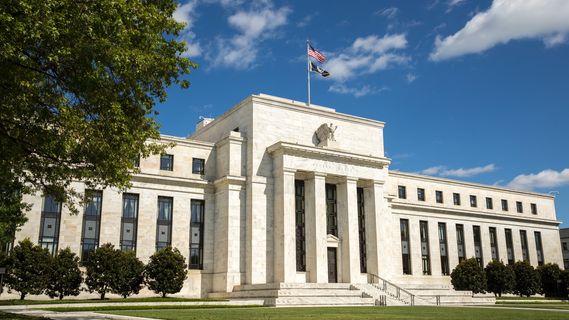Update Bonds: Data supports Fed’s hawkish tone, for now

The US economy this year has remained far more resilient than expected, surviving tariff-related uncertainty. Some uncertainty may return, however, due to the US Supreme Court’s skeptical questions about Trump’s use of broad tariff powers. A strong market impact, however, appears unlikely at this point, as there are other avenues the administration can take to keep tariffs in place.
Despite the strong economy, job growth has been stalling this year. This has not driven up unemployment yet, thanks to companies also not firing many people and the Trump administration’s crackdown on immigration. But against this backdrop, the labour market appears to be the main risk to the US economy.
Unfortunately, the best data to track the labour market is delayed due to the US government shutdown. Without the official labour data, investors have to make do with information from the private sector, such as the ADP employment change survey for October, which was positive. This data series tends to be volatile, but the positive number was welcome after two months of negative job growth.
Furthermore, ISM data was published this week. The manufacturing index remains weak, but is not weaker than what has been published for most of the year; and the services index has improved into expansion territory. However, the “prices paid” component (a leading indicator for inflation) rose when it had been expected to decline. If it is published, investors will be interested in the US October inflation data. It was scheduled to be released next week but may be delayed owing to the government shutdown.
Even though Federal Reserve Chair Jerome Powell poured cold water on investor hopes for another rate cut in December, the market continues to expect a cut. Since the ADP and ISM data can be seen as supportive to Powell’s hawkish stance, US Treasury yields creeped up further on Wednesday. The move was limited, however, as data from outplacement firm Challenger, Gray & Christmas saw companies announcing the most job cuts for any October in the last two decades. Powell’s hawkish tone may therefore have been correct, based on market developments so far.
Overall, yields are slightly higher this week, while credit spreads rose slightly in line with the general risk-off mood in markets. Going forward, we see yield curves steepening as the short end of the curves are anchored by central banks and the longer end come under pressure from above-target inflation in the US and increasing bond supply in Germany. Credit spreads remain extremely expensive. Spreads are most likely to move sideways, but would widen substantially in case of economic disappointments. This is especially true for corporate high-yield spreads.